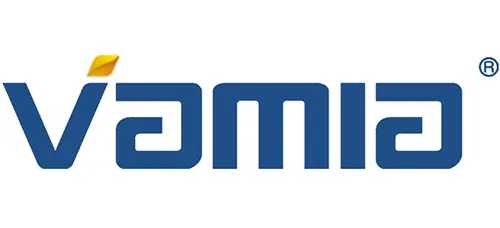From Turbid to Transparent: The Science Behind Water Purification
The process of transforming cloudy, contaminated water into clear, drinkable H2O is a marvel of modern engineering. Water purifiers employ a
combination of physical, chemical, and biological mechanisms to remove impurities, tailored to address specific contaminants in different water
sources. Let’s dive into the core principles that make this transformation possible.
combination of physical, chemical, and biological mechanisms to remove impurities, tailored to address specific contaminants in different water
sources. Let’s dive into the core principles that make this transformation possible.

1. Filtration: The most basic yet critical step, filtration involves passing water through porous materials to trap particles. Pre-filters with varying
micron ratings (e.g., 5μm, 1μm) remove sediment, rust, and other suspended solids. Ultrafiltration (UF) and microfiltration (MF) take this further,
using membranes with pores small enough to block bacteria (0.1–1μm) or even viruses (0.001–0.1μm), depending on the technology.
micron ratings (e.g., 5μm, 1μm) remove sediment, rust, and other suspended solids. Ultrafiltration (UF) and microfiltration (MF) take this further,
using membranes with pores small enough to block bacteria (0.1–1μm) or even viruses (0.001–0.1μm), depending on the technology.
2. Adsorption: Activated carbon filters utilize their highly porous structure to 吸附 (adsorb) organic compounds, chlorine, and odors.
The surface area of a single gram of carbon can exceed 500 square meters, creating an effective trap for molecules like pesticides, industrial
chemicals, and residual chlorine from tap water treatment.
The surface area of a single gram of carbon can exceed 500 square meters, creating an effective trap for molecules like pesticides, industrial
chemicals, and residual chlorine from tap water treatment.
3. Reverse Osmosis (RO): This advanced technique uses a semi-permeable membrane to remove dissolved solids, heavy metals, and microplastics.
Unlike regular osmosis, RO applies pressure to force water through the membrane, leaving ions and contaminants behind. It’s particularly effective for
addressing hard water (high calcium/magnesium), arsenic, or nitrate issues, common in well water or regions with aging infrastructure.
Unlike regular osmosis, RO applies pressure to force water through the membrane, leaving ions and contaminants behind. It’s particularly effective for
addressing hard water (high calcium/magnesium), arsenic, or nitrate issues, common in well water or regions with aging infrastructure.

4. UV Sterilization: Some purifiers incorporate UV-C light to neutralize bacteria, viruses, and protozoa like Giardia. UV radiation damages the DNA of
microorganisms, rendering them unable to reproduce or cause illness. This method is often used as a final step in systems to ensure microbiological
safety, especially in areas with inconsistent disinfection in the main water supply.
5. Ion Exchange: Primarily used for water softening, ion exchange resins replace calcium and magnesium ions (responsible for hardness) with
sodium or potassium ions. This process reduces scale buildup in pipes and appliances but does not remove other contaminants, so it’s often
paired with other filtration stages.
paired with other filtration stages.
Water Purifier Factory, Water Purifier For Home, Water Purifier Machine,Water Purifier, Water Filter Purifier System
The effectiveness of these methods depends on water source characteristics. For example, surface water (rivers, lakes) may require multiple stages
to remove sediment, organic matter, and pathogens, while groundwater might need RO to address dissolved minerals or industrial runoff.
By combining these technologies, modern water purifiers offer versatile solutions to meet diverse regional and household needs, ensuring that
even the most turbid water can be transformed into a safe, refreshing resource.From Turbid to Transparent: The Science Behind Water Purification
even the most turbid water can be transformed into a safe, refreshing resource.

